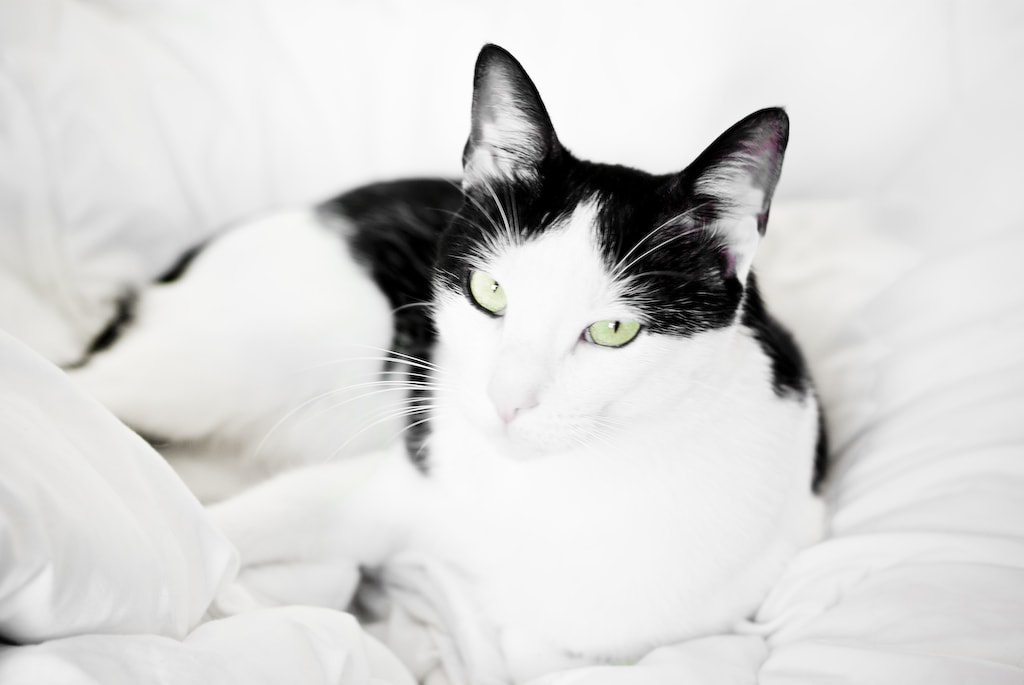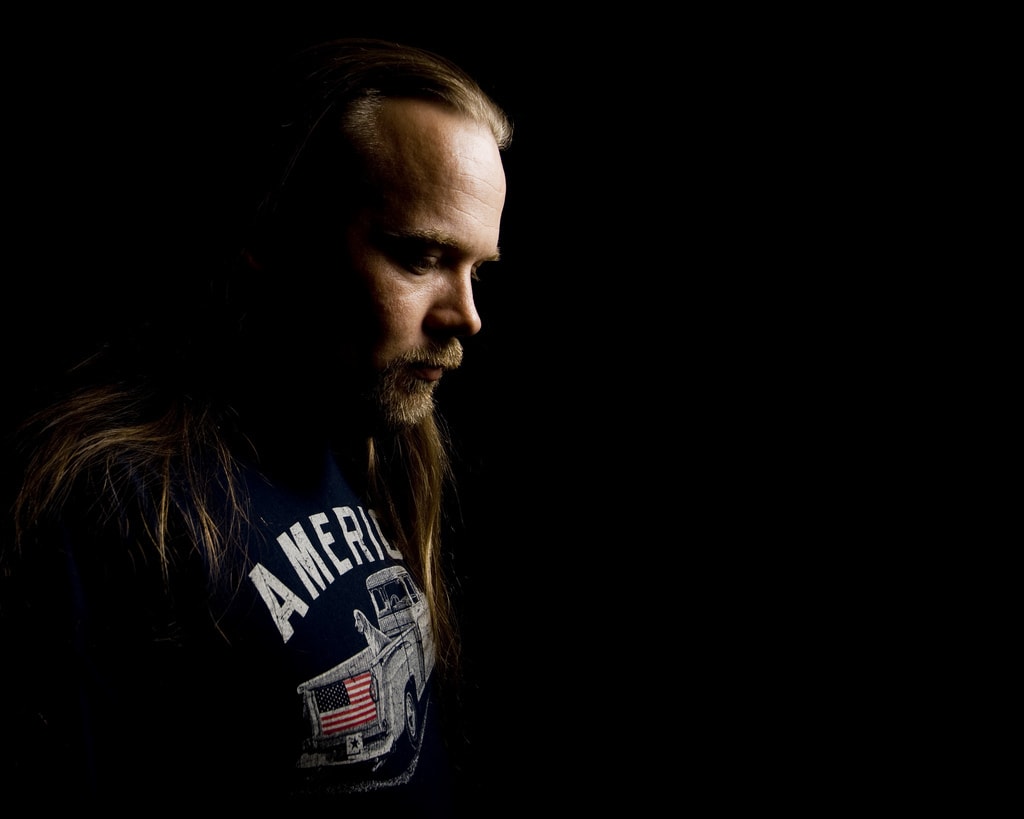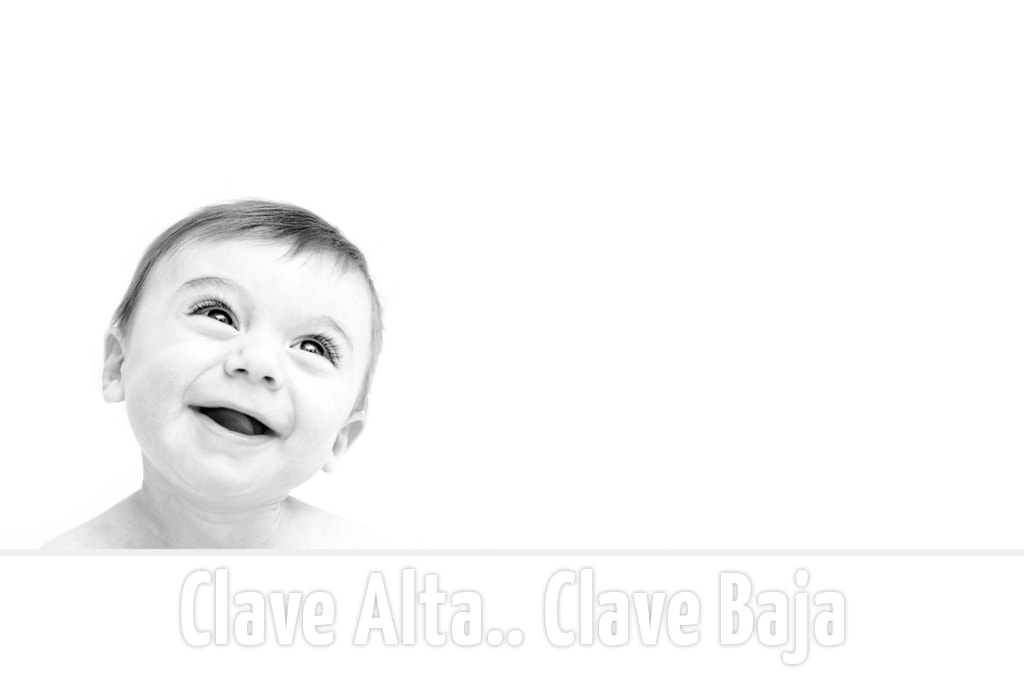The best photography is not the result of a good technique. It is not the framing, nor the digital development that we apply that gives value to a photo. Neither is it the focal length of the objective , nor the size of the sensor of the camera with which we have taken it.
What makes a snapshot a great photo is the reaction that the photograph produces in the viewer, the emotions it releases in him. The feelings it induces. Something like what poetry or music does. Forget about photos in HDR or 3D… If your photo captivates the viewer and makes an impression on him, you have succeeded.
To provoke something in the viewer you have to make use of certain tools. One of those tools that usually work very well when it comes to "generating" a feeling in whoever sees the photo is the technique known as High Key/Low Key .

Photos taken in High Key or Low Key often carry a huge emotional charge. You cannot see a photo in High Key and not feel invaded by positive feelings, peace, happiness and tenderness. Nor do you escape the feelings of intrigue and mystery that a Low Key photo usually generates.
They are the typical photos that you see, you are impressed as a spectator, and it does not even occur to you to try to make them because of how complicated they are, you think. You couldn't be more wrong. You already know that I do not write anything in this blog that is not really easy to carry out. Today it's time to learn how to take photos in High Key and Low Key. In the next lines I will guide you, step by step, so that you can produce your first work in this technique. You will see that it is extremely easy to get captivating and emotional photos.
And if you want to experiment with more photographic techniques , click on the link.
STEPS TO PHOTOGRAPH IN HIGH KEY
- You're going to need light, lots of light. The ideal would be to rely on one or two lighting sources (continuous light) that flood the frame with light. If you are going to play many times with the High Key, you are interested in getting some continuous light bulbs or softbox ( here you have a very good and cheap one).
- Prepare a white background . Essential.
- Set the camera, in manual mode as usual, to a relatively large aperture (f/5.6 would suffice, although if you want to go down to f/3.5 that wouldn't go bad either). Make sure you have a minimum ISO (100), a shutter speed between 1/5 and 1/10 seconds. Raises Exposure to +2 EV.
- Since you are going to use a shutter speed that is not excessively fast, you are going to need a tripod, a remote shutter release (to eliminate any possible vibration when shooting) and ask the subject not to move.
- Now shoot the photo.

I cannot give you an exact formula in terms of adjustments, since certain factors escape me, such as the power of the light bulbs or flash that you are going to use, the distance between the light source and the subject. What I have just given you are guidelines that I want you to use as a starting point to experiment, shooting, seeing the result and shooting again, and so on until you find the most appropriate configuration for the situation.
STEPS TO PHOTOGRAPH IN LOW KEY
- Black background as you can imagine ? It has to be flat, without relief or shine. The idea is that it does not reflect any light.
- Light: Low Key does not mean absence of light, but its scarcity. In the Low Key, the photographer uses a minimum amount of light strategically distributed, directing it only to the parts of the subject or object portrayed that are of interest. In this case, a remote Flash would suffice. If the flash allows you to control its power, set it to a low power.
- Camera settings: Here there are no values from which you can start by default. The only rule to keep in mind is that you have to play with the settings so that the less light enters the camera the better. I'm not saying that the whole photo comes out dark and you can't even make out the subject. You don't have to go to that extreme either ? but you do have to keep a subtle light that reveals only part of the body or face of our character.
- Now shoot the photo. Again, she sees shooting and checking the results.
IDEAL PHOTOGRAPHS FOR THE HIGH KEY
As I told you at the beginning, the High Key has a series of "typical" feelings and emotions that are associated with it. For this reason, there are more "ideal" situations and photographs to use this technique. Here I give you some ideas that you can use to inspire you in your first High Key exercises:
- macro photography
- flowers and plants
- children photography
- baby photography
- Couples and Weddings
- nudes
- female portraits
IDEAL PHOTOGRAPHS FOR THE LOW KEY
In the same way, here are other examples of themes that you can portray in Low Key:
- Nudes (again)
- Pictures
- profile portraits
- male portraits

EXPERIMENT. DISCOVER.
If you were thinking of setting up a High or Low Key session in 10 minutes and moving on to something else, forget it. This technique requires time and desire. A typical ideal time to practice it would be the weekend, a Saturday morning or afternoon for example. If you like the photos made in this technique you will enjoy the session. You learn a lot and even discover new things that you didn't know before, small details related to the operation of your camera. It is quite an experience.
Do you know what is the best of all? That your first photograph in High Key or Low Key will enchant you, but you will improve your results each time you do a session. Trust me, each time you practice the technique again, you will master it more.
I hope you liked today's article. Practice what you have learned and share your results. And if you want to delve into lighting in photography, be sure to read this mega guide that we have prepared for you with all the information you may need.


